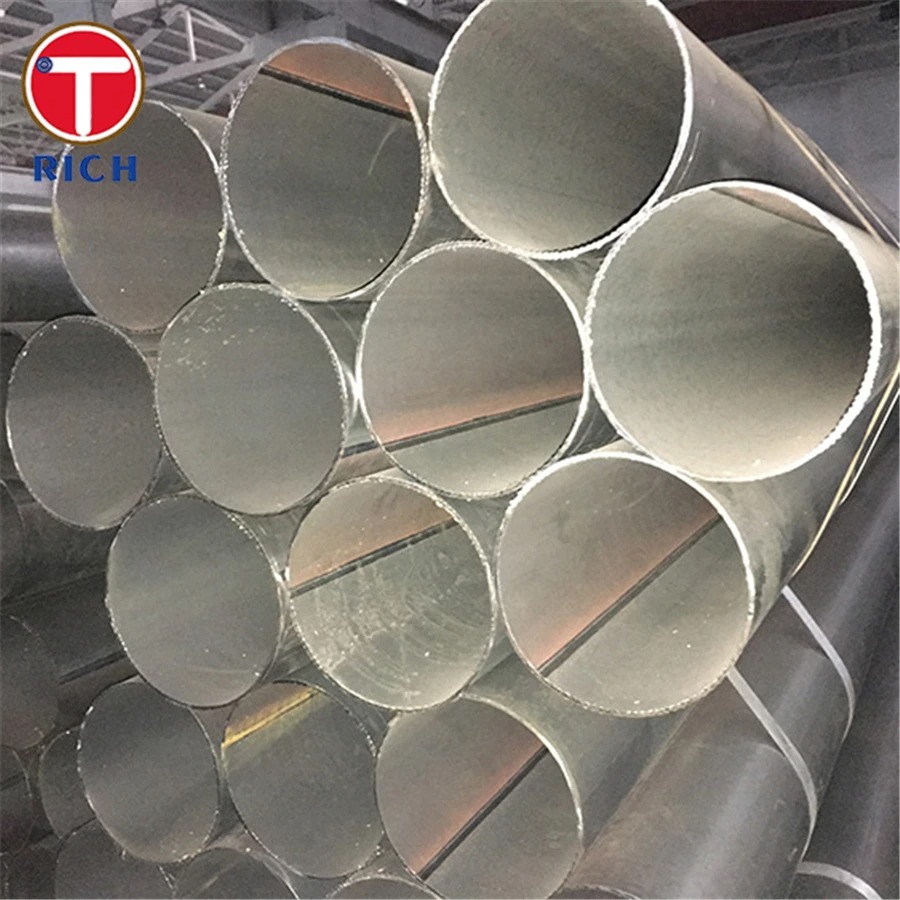
Mr. Richard SHEN
Leave a message
Mr. Richard SHEN
Leave a messageWelding is a critical process used in various industries to join metals together. However, like any manufacturing process, welding can encounter certain imperfections or defects, one of which is the presence of holes in the welds. These holes, also known as voids or porosity, can weaken the integrity of the weld and compromise its structural strength. In this article, we will explore the different questions related to holes in welds and provide answers to draw a conclusion about this common welding issue.
The formation of holes in welds can be attributed to several factors. Common causes include:
Prevention of holes in welds is crucial to ensure the weld's quality and strength. Several measures can be taken:
If holes are detected in a weld, they can often be repaired to restore the weld's integrity. Repair methods may include:
Holes in welds, also known as voids or porosity, can significantly affect the strength and quality of a weld. By understanding the causes behind hole formation, implementing preventative measures, and employing suitable repair techniques, welders can effectively address this common welding flaw and ensure the structural integrity of their welds.


Privacy statement: Your privacy is very important to Us. Our company promises not to disclose your personal information to any external company with out your explicit permission.

Fill in more information so that we can get in touch with you faster
Privacy statement: Your privacy is very important to Us. Our company promises not to disclose your personal information to any external company with out your explicit permission.